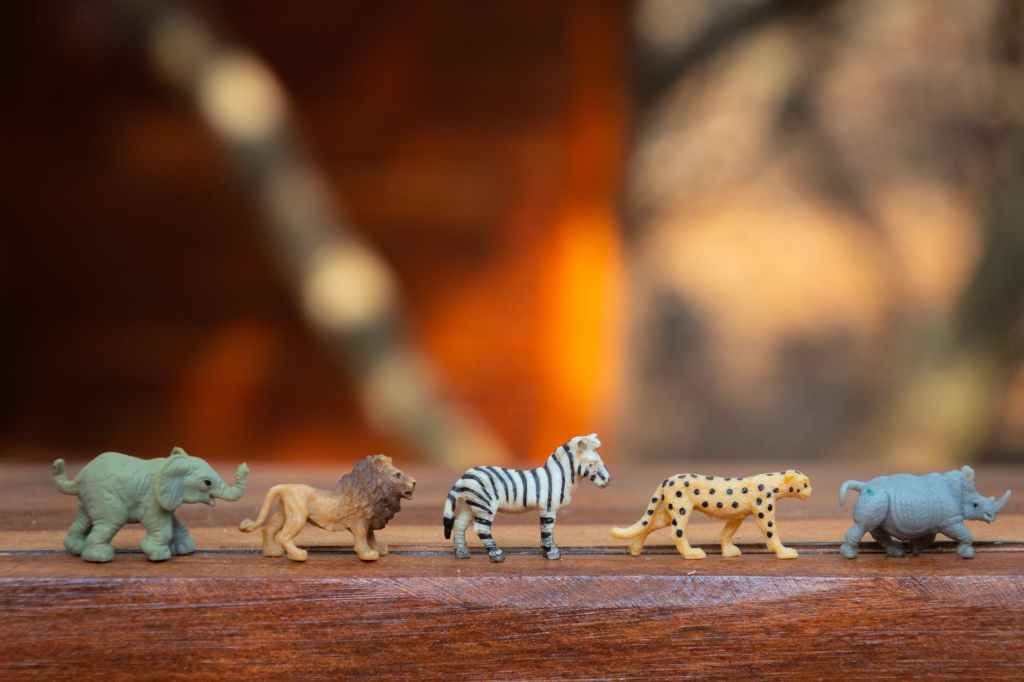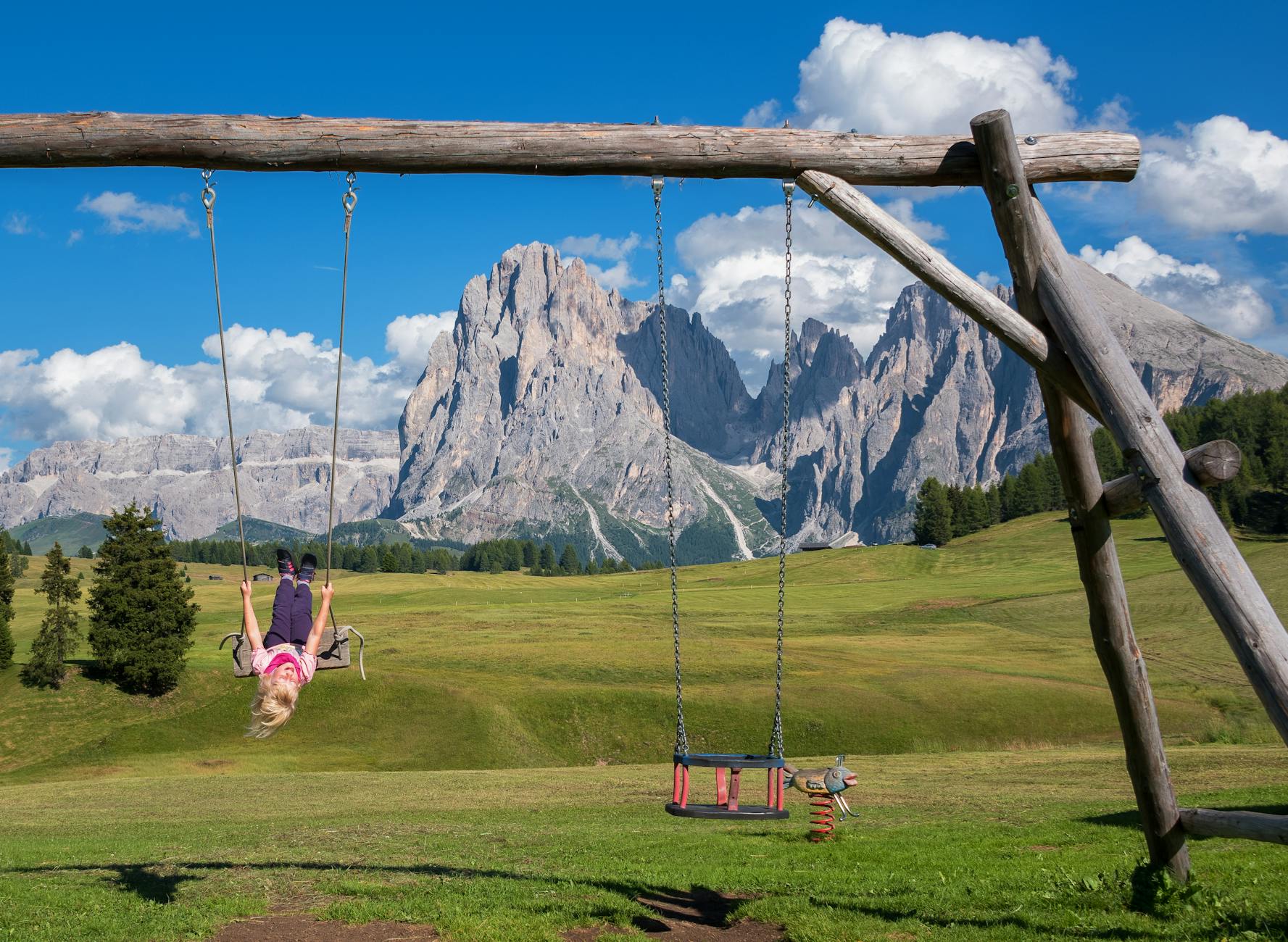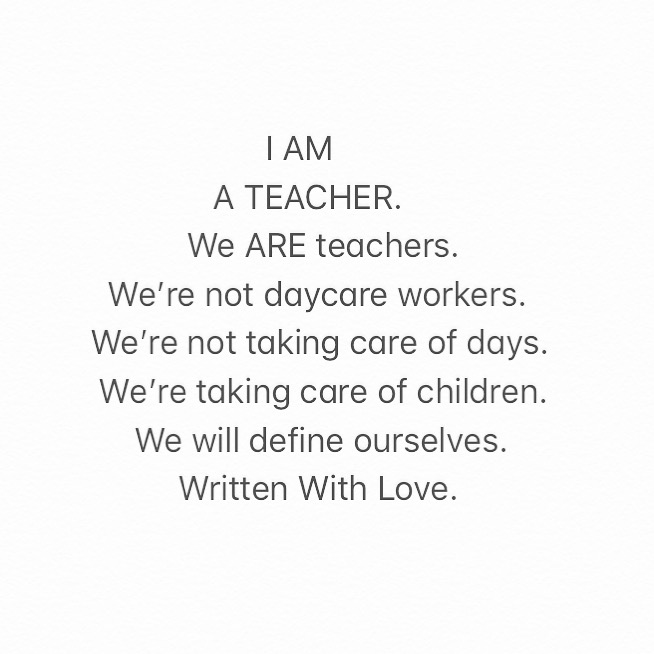Is my Jacket Expensive?
Let’s talk. Wealth. Rich and Poor. While we teach our children to value what is inside of themselves: the who of what they are. Their being. Their essence. Others from outside will influence them or try to belittle them or what they care about at times, without even knowing it themselves. It tugs at their heart and their soul. Ours, too, just a little bit until we get the jolt back into what matters most. People. Relationships. Experiences. Memories. Time. Talent. Treasure.

Our son asked, “Hey mom, is my jacket expensive?” Quite frankly, it doesn’t even matter. These things, no matter the cost won’t matter in the next five minutes or even in the next five years. If it won’t matter in the next minutes, months or even years: who cares. It’s not the jacket but the memories we make in it that truly matter. While most of society will try to convince you that your worth is determined by what you have on, in real real reality, it doesn’t. What your life depends on is who you are, who you surround yourself with and what you care about. So, take care of yourself, others and your surroundings/your space then it ripples outward and onward changing lives for the better.
So, how much does your life cost? How much value and worth? Are you living poor in mindset? Have the courage to change it before it’s far too late. Don’t live for a too die for house. Don’t live for a too die for car.
Live for a too die for life.
Collect memories. Not things. Collect the times. Spend time well. Treasure it. We all have time, talent and treasure. It is how you define it. No one else. Love life. Live it well. Make it a life well spent. Spend life well. The currency is always strong when passionately and poetically lived.






 We need your help. Imagine, we’re playing basketball. We’re on the same team and my head is up and I’m looking to pass the ball as I dribble up the court. I need to pass the ball to you. Likewise, pass it back. Back and forth with a series of exchanges which is what we want to have, a good conversation. A conversation that will create an opportunity to score and most of all, solve something bigger together.
We need your help. Imagine, we’re playing basketball. We’re on the same team and my head is up and I’m looking to pass the ball as I dribble up the court. I need to pass the ball to you. Likewise, pass it back. Back and forth with a series of exchanges which is what we want to have, a good conversation. A conversation that will create an opportunity to score and most of all, solve something bigger together.